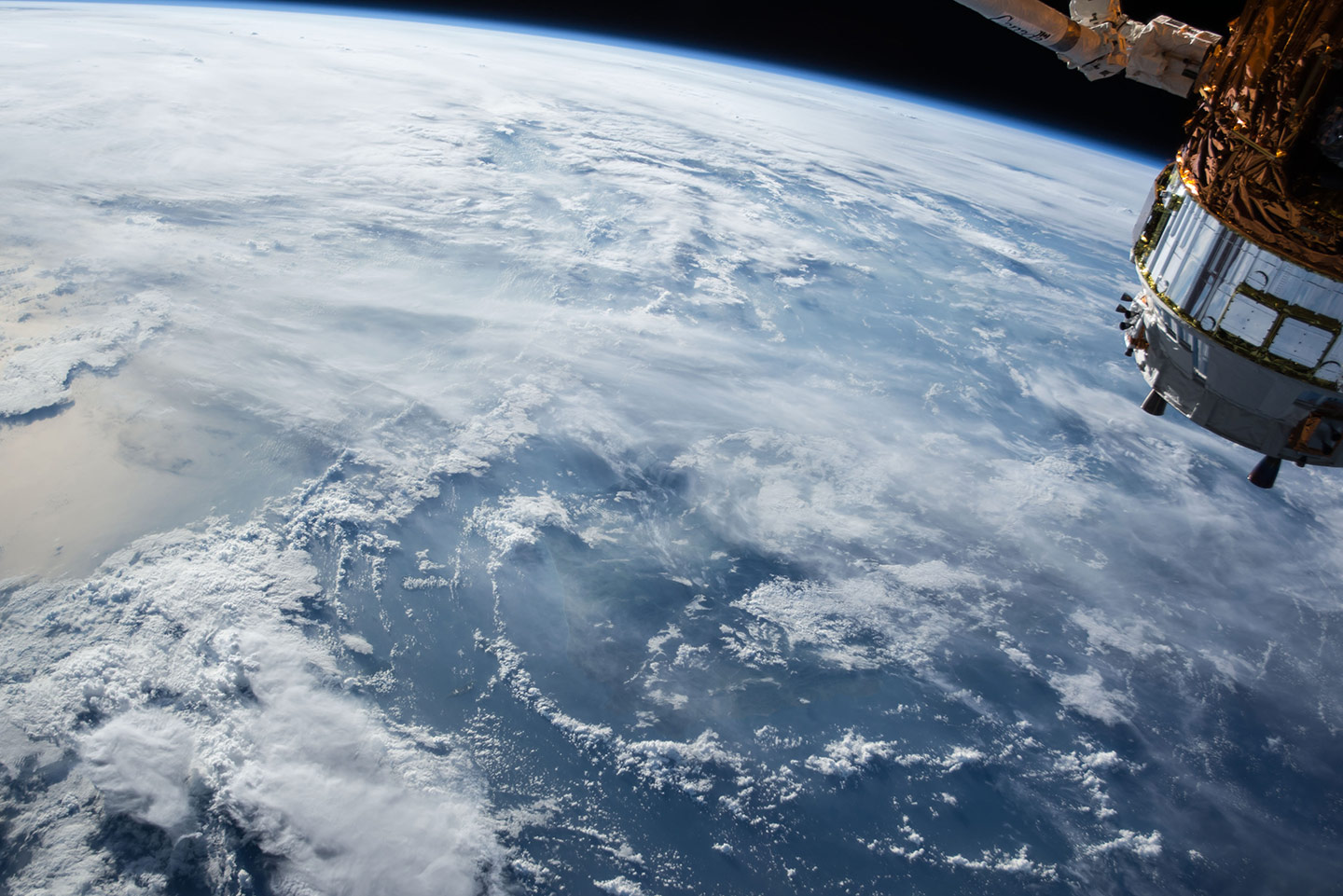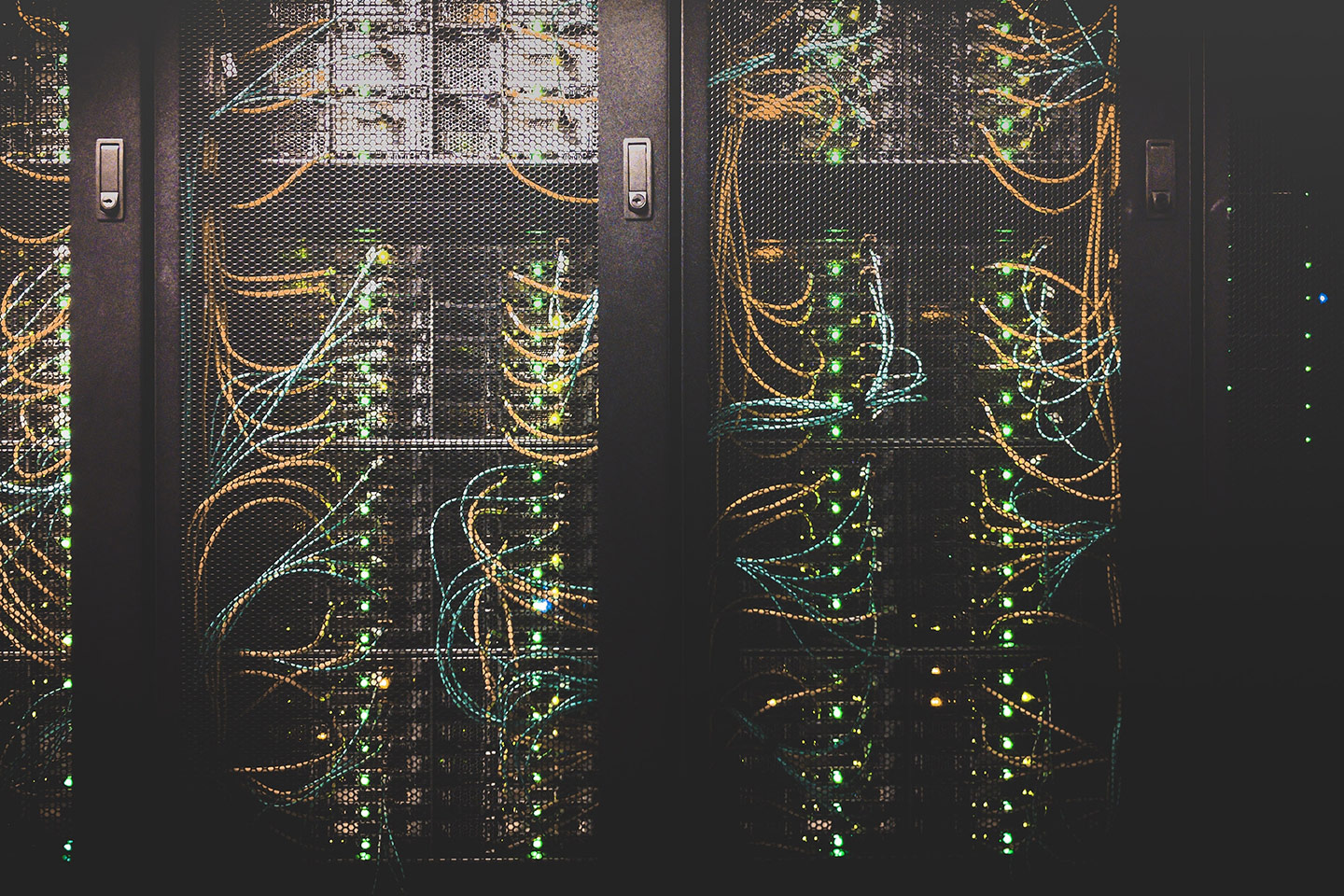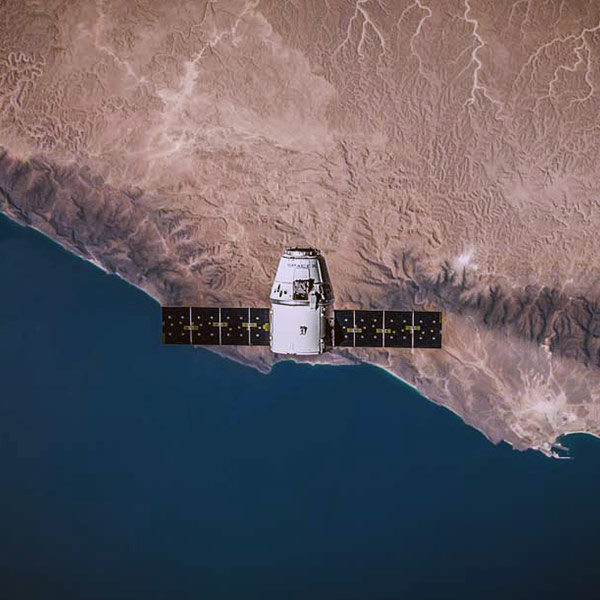Satellite Data
The bird's-eye view that satellites have allows them to see large areas of Earth at one time. This ability means satellites can collect more data at a faster rate than instruments on the ground.
Satellites are launching now at a rate of 100 per year, and this is expected to grow. New systems such as micro-satellites and open-data systems such as Sentinel and Landsat mean that new insights about both planetary systems and local level changes can now be achieved.
At HabitatSeven, we leverage satellite data in the production of data driven applications. This includes using observations to better understand water balance cycles and the impacts of extractive resources on surrounding environments, to help create predictive models for drought and forest fires.


















